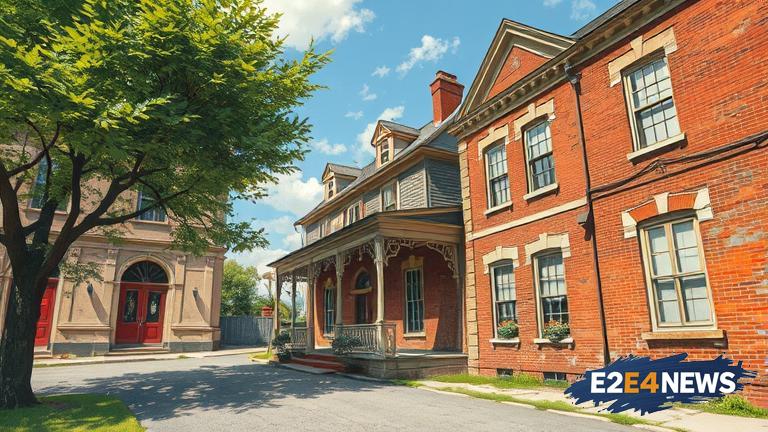The preservation of historic buildings is a topic of great importance, as these structures are a tangible connection to the past and play a significant role in shaping the character of a community. Historic buildings are not just old structures, but they are also a testament to the ingenuity, craftsmanship, and cultural values of previous generations. They provide a unique glimpse into the past, allowing us to learn from and appreciate the history that has shaped our present. Moreover, historic buildings are often a source of community pride and identity, and their preservation can help to foster a sense of belonging and continuity among residents. Unfortunately, many historic buildings are at risk of being demolished or neglected, which can result in the loss of cultural heritage and the erasure of a community’s history. This is why it is essential to take proactive steps to preserve and protect these structures, such as through restoration, rehabilitation, and adaptive reuse. By saving historic buildings, communities can also reap economic benefits, such as increased tourism and job creation. Additionally, preserving historic buildings can help to promote sustainability, as it reduces the need for new construction and the waste associated with demolition. Furthermore, historic buildings can be adapted to meet modern needs, such as office spaces, restaurants, and shops, while still maintaining their original character. The preservation of historic buildings also requires a collaborative effort between government agencies, private developers, and community groups, who must work together to identify and protect historic structures. In some cases, historic buildings may require significant investment to restore them to their original condition, but this can be a worthwhile endeavor, as it can help to revitalize a community and promote economic growth. Moreover, the preservation of historic buildings can also help to educate future generations about the importance of cultural heritage and the need to protect it. In conclusion, the preservation of historic buildings is a critical issue that requires attention and action from communities, governments, and individuals. By working together to save and preserve these structures, we can help to ensure that our cultural heritage is protected for future generations to enjoy. The preservation of historic buildings is not just a matter of nostalgia, but it is also a matter of cultural and economic significance. It is essential to recognize the value of historic buildings and to take proactive steps to preserve them, rather than allowing them to fall into disrepair or be demolished. Ultimately, the preservation of historic buildings is a vital part of building a sustainable and culturally rich community, and it is an issue that requires ongoing attention and commitment.
